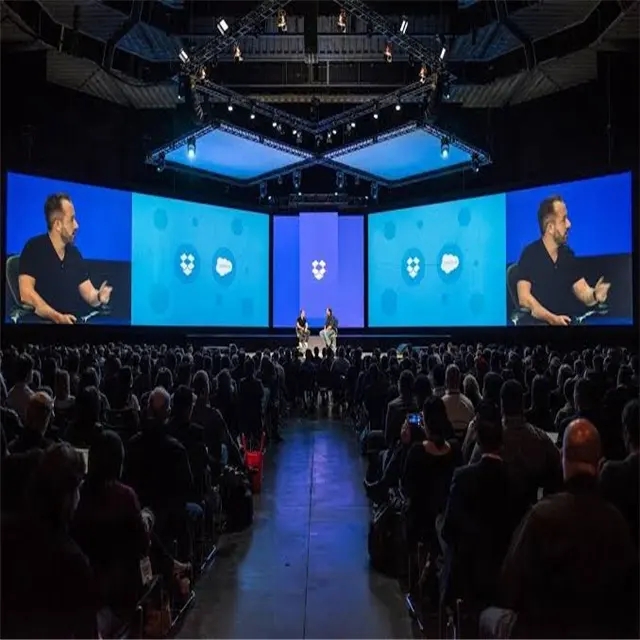LED display screens have been widely used in various fields such as indication, display, decoration, backlight, general lighting, and urban night scenery in recent years. It can be roughly divided into: LED indoor engineering screen, LED outdoor engineering screen, LED commercial advertising screen, LED creative screen, LED stadium screen, LED floor tile display screen, LED color screen, etc.

Different companies have different sales strategies. Some companies mainly engage in price wars, where materials, performance, and quality are often unsatisfactory. Don’t be greedy for cheap prices and regret buying low-quality and substandard products. So how can consumers choose a product that they are satisfied with in the complex LED display industry environment? Below, Lei Ling will briefly summarize a few points for your reference in screening.
The most critical component of LED display screens is LED devices. The general selection criteria are: high brightness, low working voltage, low power consumption, large-scale, long service life, impact resistance, and stable performance.
Secondly, we also need to refer to:
1. Inefficiency
The failure rate of LED display screens from assembly to 72 hours of aging before shipment should not exceed 3/10000 (referring to the failure caused by the LED device itself)
2. Antistatic ability
LEDs are semiconductor devices that are sensitive to static electricity and are prone to electrostatic failure. Therefore, their anti-static ability is crucial for the lifespan of display screens. Generally speaking, the failure voltage of LED’s human electrostatic mode test should not be lower than 2000V
3. Flatness
The surface flatness of LED display screens should be within 0 ≤ a ≤ 1mm to ensure that the displayed image does not distort. Local protrusions or indentations may cause blind spots in the visual angle of the display screen.
4. Brightness and visual angle
The brightness of indoor full color LED display screens should be above 800cd/m2, and outdoor full color LED display screens should be above 1500 cd/m2 to ensure the normal display of the LED display screen. Otherwise, the displayed image may not be clear due to low brightness. If the environment is very bright, please prioritize using LED or rear projection. The brightness is mainly determined by the quality of the LED tube.
The size of the viewing angle directly determines the amount of visible area space of the LED display screen, so the larger the better. The size of the visual angle is mainly determined by the LED chip.
5. White balance effect
The white balance effect is one of the most important indicators of LED display screens. In color science, pure white only appears when the ratio of red, green, and blue primary colors is 1:4.6:0.16. If there is a slight deviation in the actual ratio, there will be a deviation in the white balance
The quality of white balance is mainly determined by LED chips, which also have an impact on the color restoration.
6. Color restoration
The restoration of color refers to the restoration of color by LED display screens. The color displayed on LED display screens should be highly consistent with the color of the playback source, in order to ensure the authenticity of the image.
7. Is there any mosaic or dead center phenomenon
Mosaic refers to the small four squares that appear on the LED display screen, which are usually bright or dark, indicating the phenomenon of module necrosis. The number of dead spots is mainly determined by the quality of LED chips.
8. Whether there are color blocks
Color blocks refer to small areas lacking color; The main reason is to control the quality of IC and power supply, as well as control the wiring arrangement of the circuit
9. Appearance of LED display screen
The appearance of LED display screens is the most intuitive and initial evaluation of product quality. The appearance quality can reflect the production process and material quality of the manufacturer.
